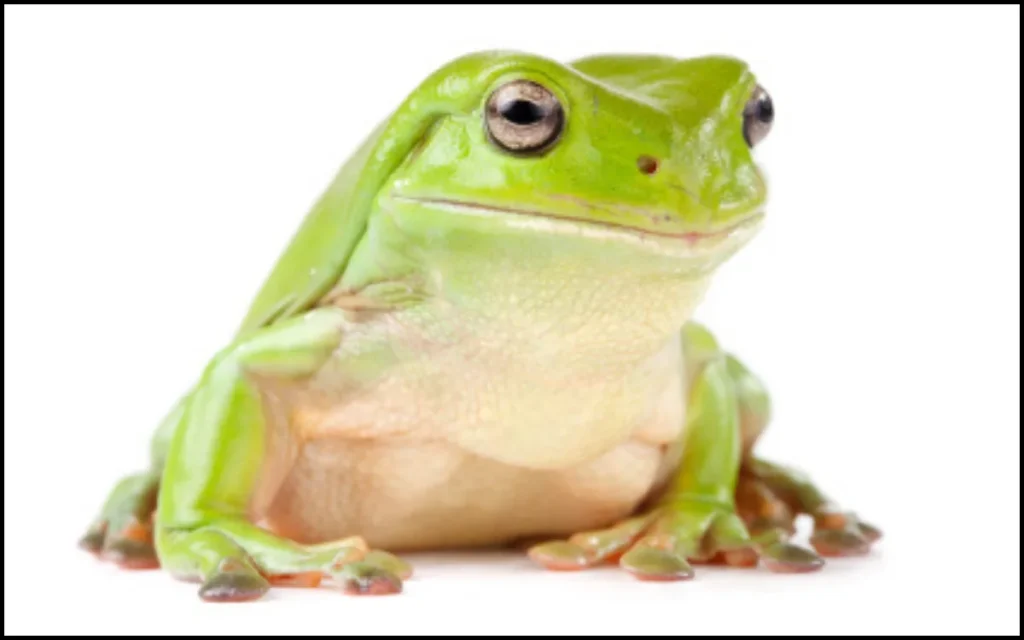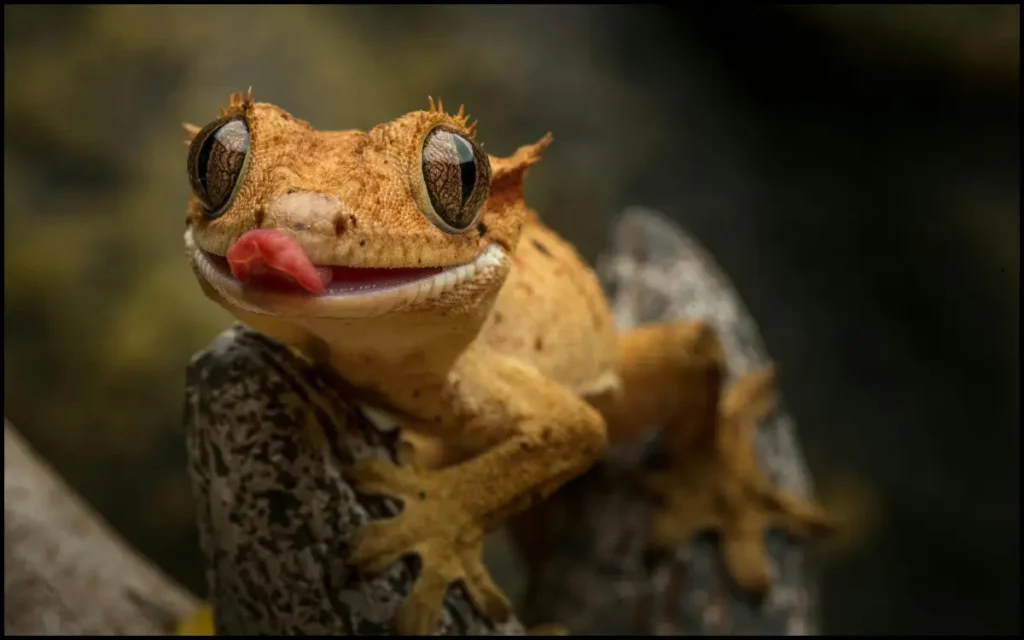Choosing Between Geckos and White Tree Frogs
Choosing a pet can be exciting yet difficult, especially when considering special choices like geckos or white tree frogs. Understanding their requirements is important because both have interesting qualities and need special care. Let’s explore everything you need to recognize to pick the best pet for your lifestyle.
Table of Contents
Geckos and White Tree Frogs A Comprehensive Care and Maintenance Guide
Gecko Care
Standing and crested geckos are low-maintenance pets. A terrarium that is constantly between 72 and 78°F and has enough humidity is ideal for geckos. Mealworms and cockroaches are among the live insects that geckos usually eat. Crested geckos are particularly well-liked due to their climbing ability and charming disposition.
Their specialized toe pads allow them to hang to vertical surfaces, making them charming to study. however, considering that they’re solitary, geckos have to be housed one after the other to avoid stress and prevent aggressive behavior.
White Tree Frog Care
White tree frogs, also called dumpy frogs or Australian white tree frogs, are loved for their body fat and endearing appearance. They require a vivarium with higher humidity levels (50–70%) and temperatures ranging from 75–85 °F. Including a water feature or hydrated substrate enhances their environment.

These frogs are nocturnal and become most active in the evening. Their diet consists of live insects like crickets, roaches, and occasionally waxworms. White tree frogs can live in groups of two or three if they are housed in a large tank, such as one that holds forty gallons. The right UVB lighting is essential for their overall health.
Gecko vs White Tree Frog Personality and Interaction What to Expect
Geckos
Geckos are observational pets that prefer minimal handling. Though they normally thrive on independence, they display fascinating behaviors like climbing and exploring. If you like to see a pet in its natural habitat, a gecko can be the perfect choice.
White Tree Frogs
White tree frogs are known for their quirky and personable behavior. They frequently engage with their environment and sometimes even with their owners when the enclosure is being maintained. White tree frogs are a fantastic choice in case you want a pet with an energetic personality.
Comparing Costs Geckos vs White Tree Frogs
The cost of keeping a gecko is generally lower. They require less specialized equipment, and their food and care are inexpensive. A small terrarium can be set up quickly and affordably. However, with time, white tree frogs become more costly to maintain since they require a larger tank, a misting system, and more reliable humidity management. Although both pets are affordably priced, white tree frogs sometimes require a more expensive initial setup because of their specific habitat requirements.
The Cost of Caring for Geckos vs White Tree Frogs
Geckos are easier on the wallet for both initial setup and ongoing care. Their habitats are simpler, and they don’t require as many specialized systems to thrive. White tree frogs, though affordable to feed, need a more elaborate environment with higher humidity and UVB lighting. Higher long-term costs may result from these extra requirements, particularly if you choose advanced misting systems or larger cages. Choose the ideal pet for your budget by taking into account the time and money you are ready to invest.
How Much Does It Cost to Keep a Gecko vs a White Tree Frog?
Gecko Costs
Initial Setup
- Terrarium: $50 – $150.
- Heating & Lighting: $20 – $50.
- Substrate (bedding): $10 – $20.
- Decor: $10 – $30.
- Food: $10 – $20 per month.
- Total Initial Setup: $90 – $250.
Ongoing Costs
- Food: $10 – $20 per month.
- Supplements: $5 – $10 every 2-3 months.
- Total Monthly Care: $15 – $30.
White Tree Frog Costs
Initial Setup
- Vivarium (tank): $100 – $250.
- Heating & Lighting: $30 – $70.
- Misting System: $20 – $50.
- Substrate & Decor: $20 – $50.
- Water Feature: $20 – $40.
- Food: $10 – $20 per month.
- Total Initial Setup: $180 – $460.
Ongoing Costs
- Food: $10 – $20 per month.
- UVB Light Replacement: $15 – $30 every 6 months.
- Total Monthly Care: $15 – $30.
Key Considerations
Housing Compatibility
Geckos and frogs have to now not be housed together because of differing environmental and health wishes. Moreover, there is a hazard that larger frogs will try and eat smaller geckos.
Group Living
White tree frogs are social creatures that can live together harmoniously, furnished their enclosure is large sufficient. Monitoring their behavior ensures they may not compete for meals or hiding spots. In contrast, geckos prefer solitary living and can become stressed when housed with others.
Feeding Dynamics
Both geckos and white tree frogs depend on live insects for food. Housing them together could lead to dietary conflicts or predatory behavior. For example, some frogs might attempt to eat smaller geckos.
Additional Tips for Pet Owners
When planning a habitat for your pet, consider the following tips:
For Geckos
Provide hiding spots, and branches for mountain climbing, and complement their food plan with calcium powder. Crested geckos are specifically famous among novices due to their ease of care.

For White Tree Frogs
Maintain consistent humidity levels, ensure proper ventilation in the enclosure, and include plants and logs to mimic their natural environment. Regular misting is crucial to keep them comfortable.
Personal Experience
White tree frogs have a unique charm that drew me in when I decided between them and geckos. They became a favorite right away because of their unique personalities and natural ability to “stand” in funny positions. But I also found geckos interesting because of their independence and ability to climb walls. Finally, I decided on a white tree frog because I wanted a pet that would be relatively easy to care for and could interact with me in little ways.
Recommendations
White tree frogs, due to their hardy nature and interesting personality, sometimes make a better option for first-time pet owners. Geckos are fascinating, too, but they can require specific habitat adjustments. Either pet can bring you great joy if you are interested in devoting yourself to their care.
Conclusion
Choosing between geckos and white tree frogs depends on what you want in a pet. Geckos are great for those who prefer a low-maintenance, independent companion to watch and admire. White tree frogs, on the other hand, offer more personality and interaction, making them a fun choice for those looking for a livelier pet. Whichever you choose, understanding their care needs will help ensure a happy and healthy pet-keeping experience.
Faqs
Which is easier to care for, a gecko or a white tree frog?
White tree frogs are hardy and forgiving of beginner mistakes, making them slightly easier for new pet owners. Geckos require more precise environmental control but are low-maintenance once set up properly.
Can geckos and white tree frogs live together?
No, geckos and white tree frogs should not be housed together due to differences in their care requirements and the risk of one harming the other
What do white tree frogs eat?
White tree frogs primarily eat live insects such as crickets, mealworms, and occasionally small roaches.
Do geckos eat frogs or vice versa?
In the wild, larger frogs might attempt to eat smaller geckos. Similarly, geckos could stress or harm frogs in captivity, so they should never be housed together.
How many white tree frogs can live together?
White tree frogs can live in groups of two or three, provided their enclosure is spacious, typically 40 gallons or more.
Are white tree frogs good pets for beginners?
Yes, white tree frogs are an excellent choice for beginners due to their hardy nature, amusing behaviors, and ease of care.




1 thought on “Geckos vs White Tree Frogs Which Pet is Right for You”